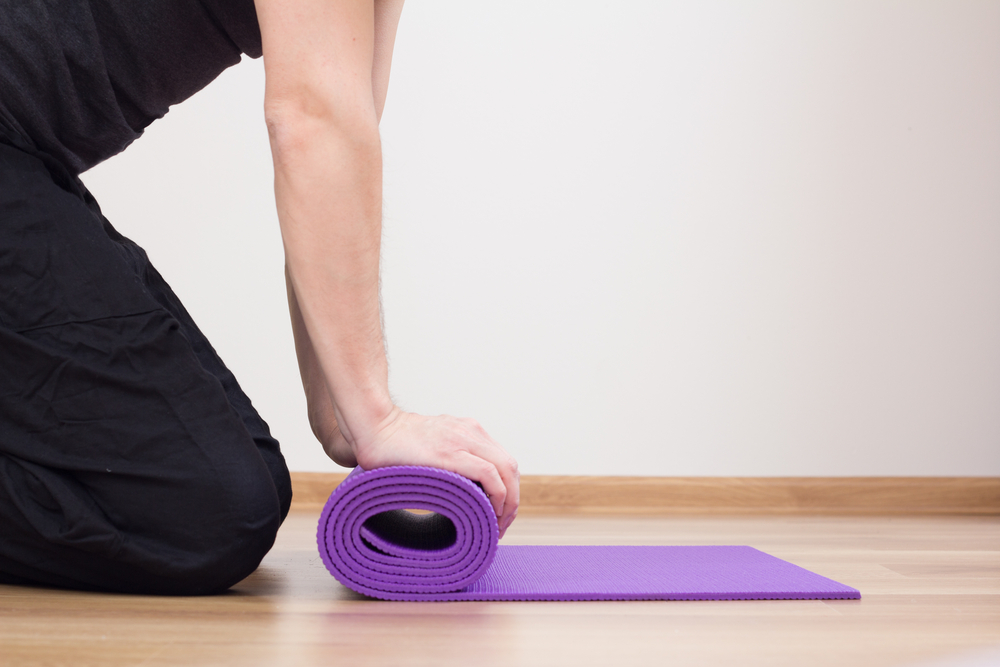Exercise Improves Cognitive Function in Parkinson’s, Review Finds

Exercise has the potential to improve cognitive function in people with Parkinson’s disease, and has positive effects on motor symptoms, according to a recent literature review study.
“The potential of exercise to improve motor and non-motor symptoms is promising and may help to decelerate disease progression in individuals affected by [Parkinson’s disease],” Tim Stuckenschneider, MA, the study’s first author, said in a press release.
The review, “The Effect of Different Exercise Modes on Domain-Specific Cognitive Function in Patients Suffering from Parkinson’s Disease: A Systematic Review of Randomized Controlled Trials,” was published in the Journal of Parkinson’s Disease.
Various types of exercise — aerobic training, resistance training, forced exercise training, dance and balance training — have been shown to improve motor symptoms in Parkinson’s disease (PD). Those symptoms include tremor, gait disturbances, postural instability, and bradykinesia (the progressive slowness of movement over time).
However, the impact of exercise on Parkinson’s non-motor symptoms is not as clear, especially regarding patients’ cognitive function.
Prior research has shown that aerobic and resistance training, either alone or combined, may improve cognitive function; however, some reports failed to see a positive association.
Connect with other people and share tips on how to manage Parkinson’s Disease in our forums!
These conflicting results may be linked with the different types of exercises, but also suggest that the benefits of exercise may be function-specific — linked with attention, processing speed, executive function, memory, or working memory.
Researchers at the Institute of Movement and Neurosciences, German Sport University, Cologne, Germany and colleagues at the School of Health and Sport Sciences, University of the Sunshine Coast, Queensland, Australia, performed a comprehensive literature review of randomized clinical trials that evaluated the effects of various types of exercise — coordination, resistance, and aerobic —on specific cognitive function in people with Parkinson’s.
“Physical exercise is generally associated with increased cognitive function in older adults, but the effects in individuals suffering from PD are not known,” Stuckenschneider said.
Eleven studies comprising 508 patients (mean age 68) were included (trials performed up to March 2018). Patients’ disease severity ranged from mild to severe (scores from 1 to 4 in the Hoehn & Yahr stage scale, which measures Parkinson’s symptom progression and disability level).
The study’s main outcome was overall cognitive function, which was subcategorized in specific domains, including attention, executive function (cognitive processes necessary to control behavior), speed of processing (the time it takes to do a mental task), and memory. The Unified Parkinson’s Disease Rating Scale (UPDRS), commonly used to assess both motor and non-motor symptoms, was included as a secondary outcome.
Exercise intervention varied between four and 26 weeks, with exercise frequency varying from one to three times a week. Five studies analyzed the effects of aerobic exercises; one the effects of resistance exercises. Five studies analyzed the effects of coordination exercises; three the effects of combining resistance and coordination exercises.
Any form of exercise had a positive effect on executive function, attention and memory compared to no exercise. No benefits were seen for speed of processing. Aerobic exercise, however, tended to best improve memory in Parkinson’s patients.
Global cognitive function also showed a tendency to improve after aerobic, resistance, and combined resistance and coordination exercises, but not after coordination exercises.
Importantly, general exercise tended to improve Parkinson’s symptoms as shown by the UPDRS scores.
Researchers say their “findings suggest that clinicians and researchers should be encouraged to prescribe exercise in individuals with PD; however, further evidence is required to confirm the optimal form of exercise.”
Stuckenschneider said, “Exercise therapy needs to be, and often already is, an essential part of therapy in individuals with PD. However, it is mostly used to treat motor symptoms. As part of a holistic therapy, the potential of exercise to maintain or improve non-motor symptoms such as cognitive function in individuals with PD needs to be acknowledged, and the most effective treatment options need to be defined.
“This will not only help practitioners to recommend specific exercise programs, but also ultimately improve the quality of life of the individual. Our work shows that ‘exercise is medicine’ and should routinely be recommended for people with PD to help combat both the physical and cognitive challenges of the disease.”






